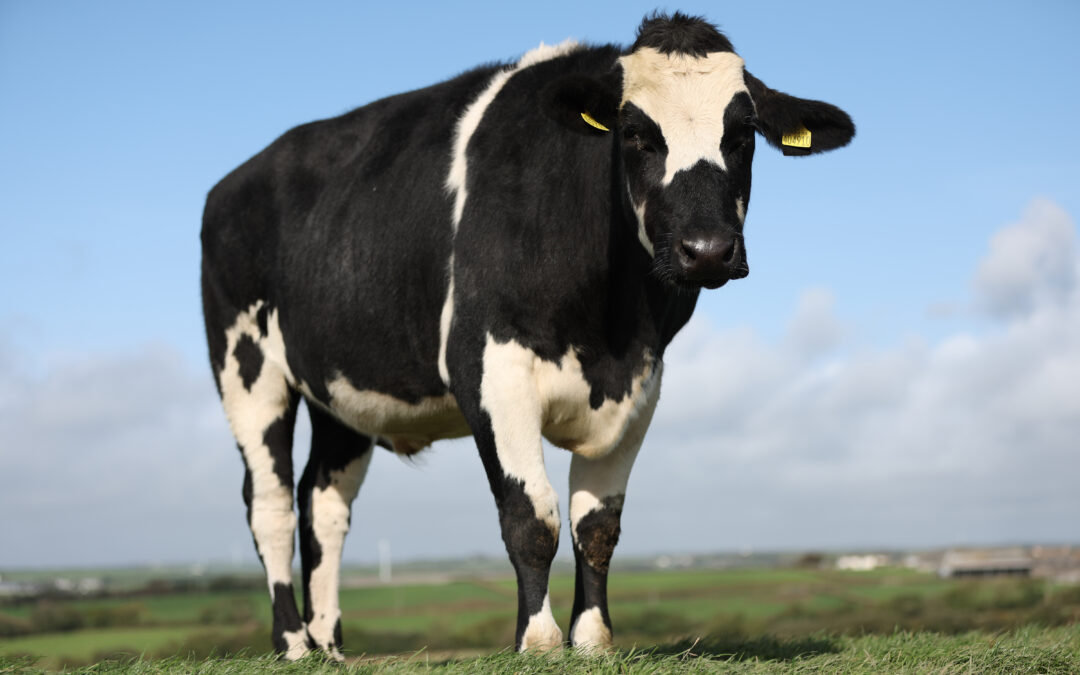While the lighter land needs water, the heavier land is growing still after grazing and cutting, there are some very good silages put away which bodes well for next winter. While we sell the last of the winters feeding cattle, our thoughts now turn to next season and how we are going to procure our stock. Let’s focus on ensuring your production system is geared
up to produce beef efficiently and sustainably.
The four key drivers of efficency are:
Stocking rates – You need to work out what your land and buildings will accommodate. An understocked or overstocked farm cannot be efficient. If you are keeping suckler cows, have you got enough in the pipeline going forward? If you are buying calves or stirks, have you got a plan to secure the numbers you need?
Genetics – Do you know the EBV (Beef Value), SRI (Suckler Replacement Index) of the calves/cattle’s sires you are buying? The difference in performance between average and top 5% is considerable. Will your calf breeder / dairy farmer use suitable genetics that you have sourced?
Nutrition – Have your cattle access to top quality grazing throughout the summer? Have you made enough 11 ME silage to feed next winter? Will you use a nutritionist to get your forages analysed and a full diet calculated for the performance potential of your cattle? Harpers Feeds have an experienced and qualified nutritionist available to you, to ensure you make the most of your farm and your animals.
Health – Now is the time to do a full assessment of your preventative health policies including, ventilation, vaccination, parasite control and mineral and vitamin supplementation. Your vet will lead on this process but please call if you want help on worming products and minerals and vitamins, both in feed and in bolus form. Massey Harpers have specialists
with experience and qualifications in these areas.

Sustainability is many things, but the key test of a sustainable system is;
1 – Is your system repeatable year after year?
2. Is your grassland in a better condition year on year? The best measurement of this is the liveweight gain achieved or the volume of crop produced, improving year after year.
3. Are you testing your grassland for Soil Organic Carbon and are the results improving? This will indicate the health of your soils and will give you a baseline for Carbon Sequestration which when calculated properly will allow you to balance your emissions with your sequestration. Giving a much clearer picture for processors, retailers and consumers
Speak to your Harpers Feeds Specialist to find out more.






